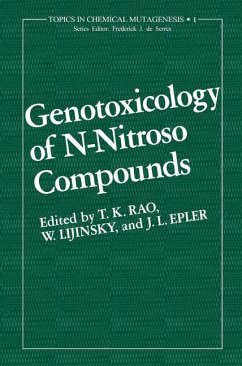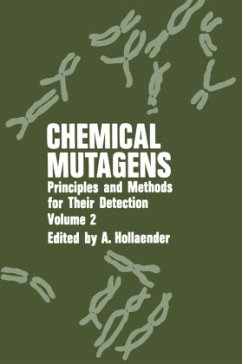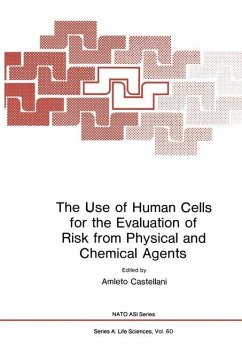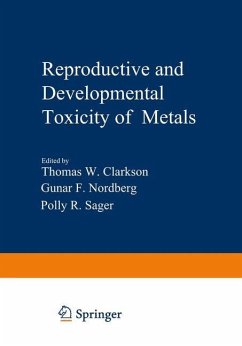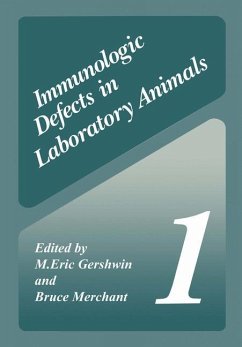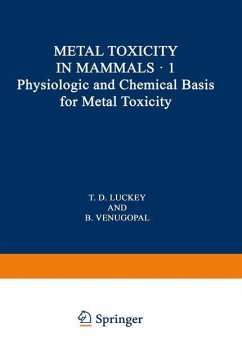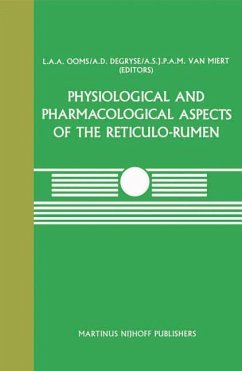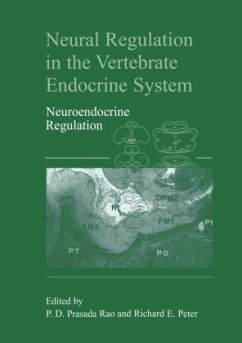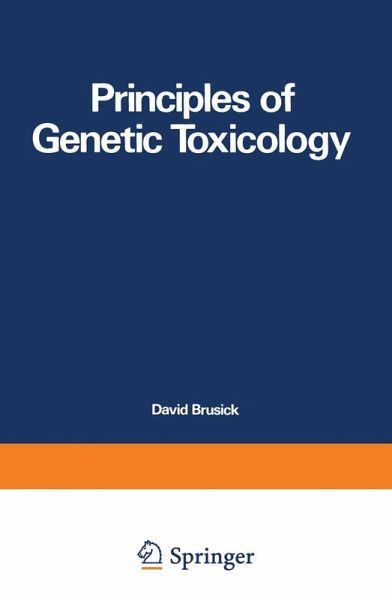
Principles of Genetic Toxicology

PAYBACK Punkte
39 °P sammeln!
The field of genetic toxicology is a relatively new one which grew out of the studies of chemical mutagenesis and modern toxicology. Considering that systematic practices to detect chemical mutagenesis are only a little over thirty years old, this field has evolved very rapidly with an abundance of methods for identifying chemical mutagens. To evalulate the usefulness of the methods and to select the assay which will yield the most important information under practical conditions requires the broad experience such as that which Dr. Brusick has acquired over the last decade. Since this field is...
The field of genetic toxicology is a relatively new one which grew out of the studies of chemical mutagenesis and modern toxicology. Considering that systematic practices to detect chemical mutagenesis are only a little over thirty years old, this field has evolved very rapidly with an abundance of methods for identifying chemical mutagens. To evalulate the usefulness of the methods and to select the assay which will yield the most important information under practical conditions requires the broad experience such as that which Dr. Brusick has acquired over the last decade. Since this field is expanding very rapidly and new test ing methods are being recognized, it should be kept in mind that revisions may have to be made during the next five to ten years. The need for such a book has been obvious to us, particularly since training courses and workshops on genetic toxicology are being organized which find it beneficial to utilize established guidelines and since the reports in the literature do not always describe in detail how the work was carried out during laboratory testing. In addition to his broad background in genetics, Dr. Brusick has had much practical experience, having organized and directed the most extensive laboratory for mutagen testing. I am most pleased to see this volume, for which there is an ever-increasing need. Alexander Hollaender Associated Universities, Inc. 1717 Massachusetts Avenue, N.W.



